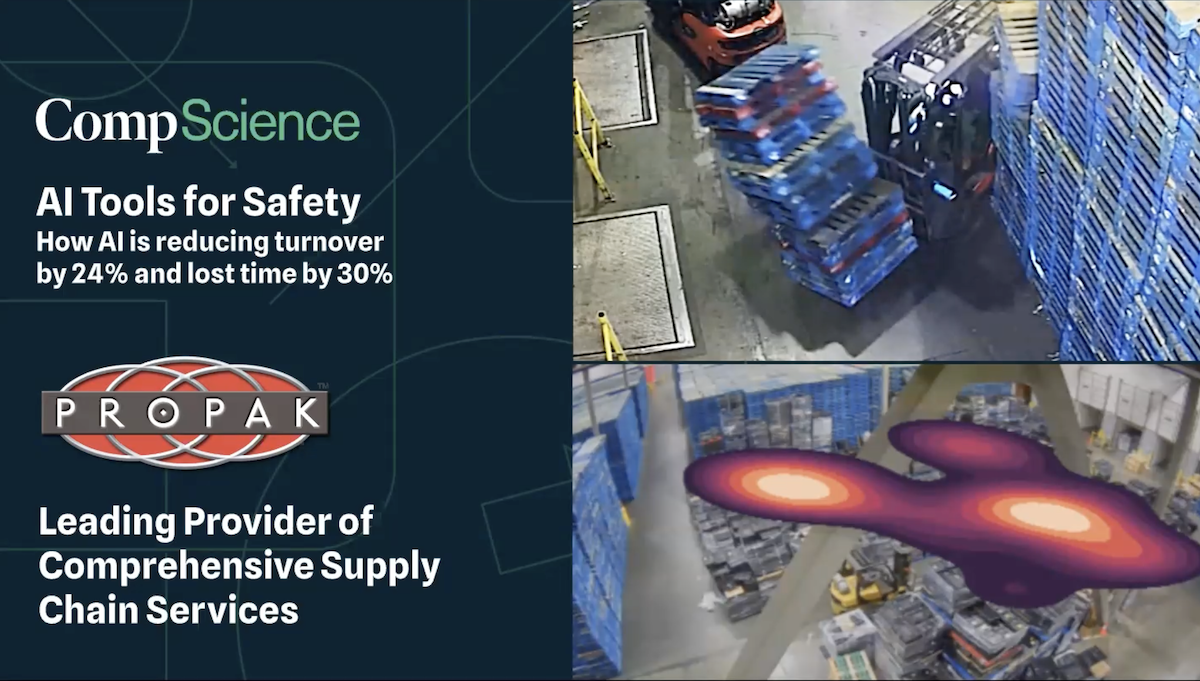How Does Preventing Injuries Lower Workers Compensation Costs?
Preventing injuries is a great way to lower workers compensation costs. Here are a few strategies that companies can use to prevent injuries in the workplace:
- Implement safety training programs: Providing safety training to employees can help them understand how to perform their jobs safely and reduce the risk of injury.
- Conduct hazard assessments: Identifying and addressing hazards in the workplace can help prevent injuries from occurring. This can be done through regular inspections and by involving employees in the process.
- Invest in personal protective equipment (PPE): Providing employees with appropriate PPE, such as hard hats, gloves, and safety glasses, can help protect them from injuries.
- Promote ergonomics: Ensuring that employees are working in ergonomically correct positions can help prevent musculoskeletal disorders and other injuries. This can be achieved by adjusting workstation design and providing equipment such as ergonomic chairs and keyboard trays.
- Encourage employee involvement: Involving employees in the development and implementation of safety policies and procedures can help ensure that they are invested in maintaining a safe work environment.
Overall, a proactive approach to safety can help prevent injuries and lower workers compensation costs.






